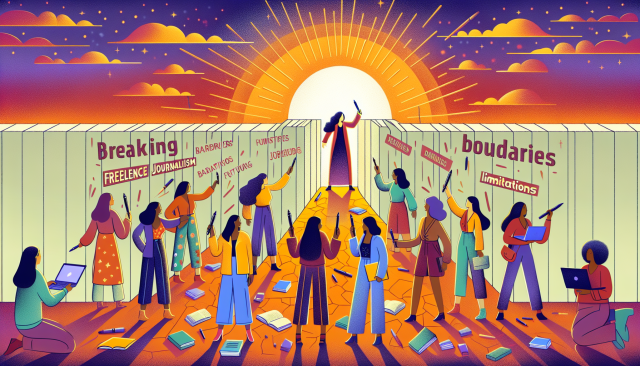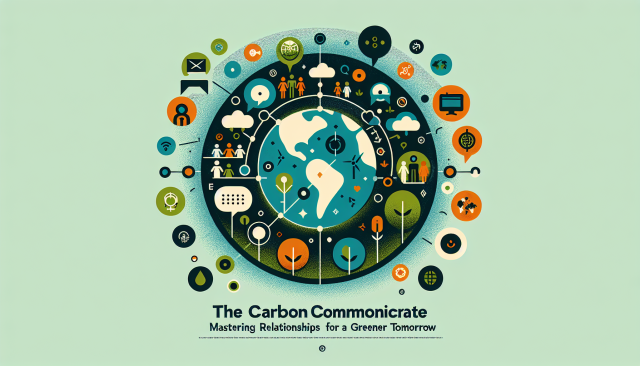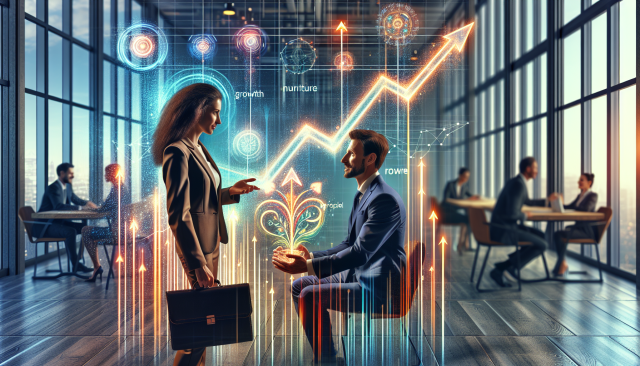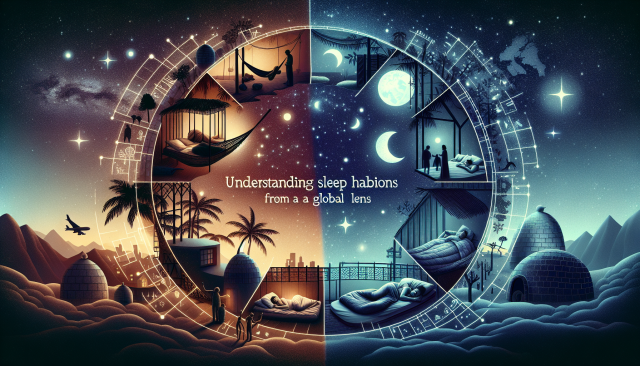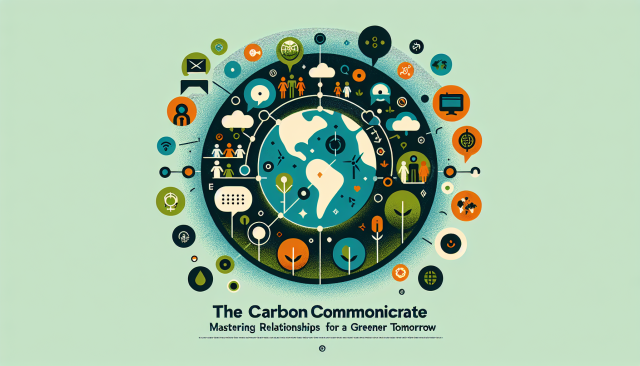Breaking Boundaries: The Future of Women in Freelance Journalism
Celebrating Women’s History Month: A New Era for Freelance Journalism
As we celebrate Womens History Month, it becomes imperative to delve into the evolving landscape of women in freelance journalism. With new opportunities arising, women are not just participating but leading monumental shifts in storytelling and reportage.
Historically, journalism was a male-dominated field, often relegating women to the periphery. However, in recent years, the rise of freelance journalism has opened unlimited doors for women, empowering them to narrate stories with unique perspectives that challenge traditional narratives.
The Rise of Female Freelancers
The gig economy has been a game-changer for many industries, and journalism is no exception. Female journalists are increasingly choosing freelance careers, which offer flexibility and autonomy. This shift permits women to balance personal commitments while pursuing professional aspirations.
Moreover, freelance journalism allows women to focus on niche subjects often ignored by mainstream outlets. This has led to the rise of diverse voices, enriching the media landscape and fostering a culture of inclusivity.
Redefining Storytelling and Impact
In the world of freelance journalism, women are redefining what it means to tell impactful stories. They are blending traditional journalism with multimedia elements such as podcasts, videos, and social media, engaging a broader audience. This innovative approach is not just enriching content but is also setting new standards in how modern journalism is consumed.
Furthermore, women freelancers are focusing on underreported stories, shedding light on critical issues like gender equality, health, and empowerment. Their work is influencing policies and igniting conversations that drive positive societal change.
Building a Supportive Community
Creating a healthy culture within the freelance journalism community is pivotal. With platforms specifically designed for freelancers, women journalists now have networks to share resources, collaborate, and mentor one another. This supportive environment is crucial for personal and professional growth, helping navigate challenges such as workplace discrimination and pay disparities more effectively.
Looking Ahead: Opportunities and Challenges
As we look towards the future, the path for women in freelance journalism is filled with opportunities. With news consumers demanding diverse insights, the role of women journalists is more critical than ever. However, challenges remain. Ensuring fair compensation, combating misinformation, and maintaining work-life balance are obstacles that need to be continually addressed.
But as past trends suggest, the resilience and innovation of women in journalism will continue to break barriers, paving the way for the next generation of storytellers.
Conclusion
As we honor the contributions of women during Women’s History Month, celebrating their growing presence in freelance journalism is vital. They are not only shaping the future of media but are also fostering a healthier, more inclusive culture. Their stories are bright beacons of change, illuminating paths for others to follow.
The future is promising, and together, we can ensure that women in freelance journalism continue to flourish and inspire.
















